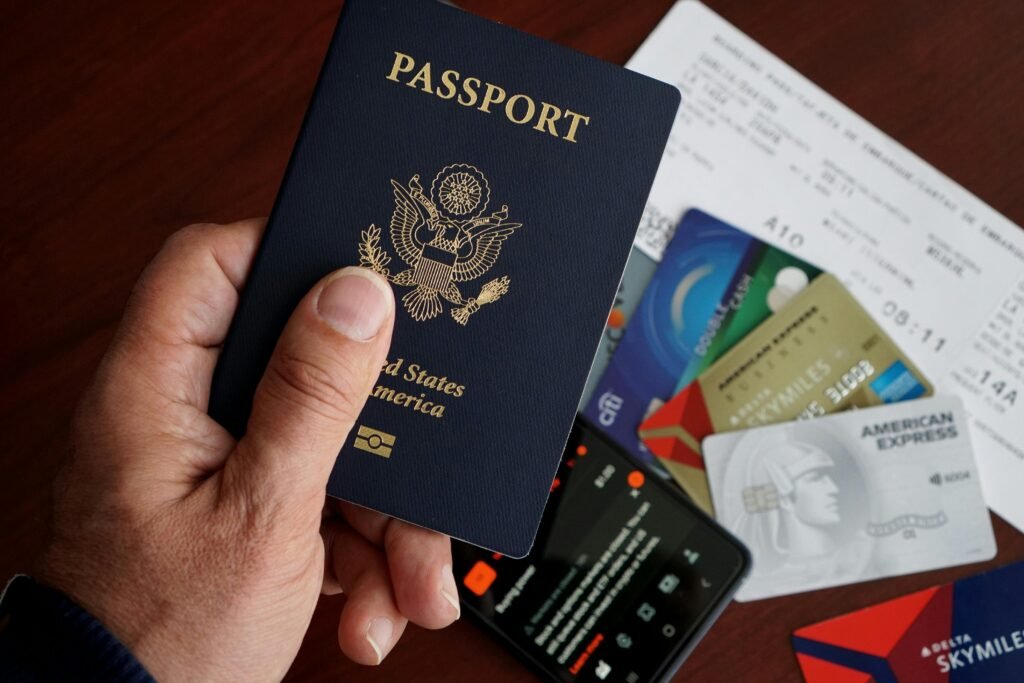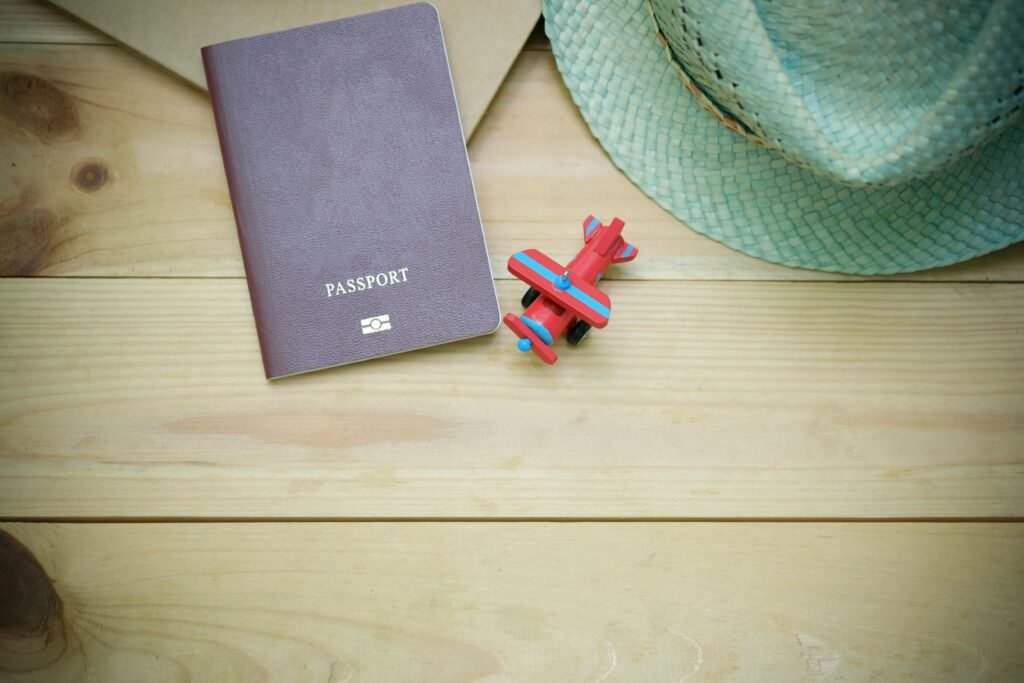Getting a family reunification visa for Italy can feel overwhelming – trust me, I’ve been there.
The paperwork alone made my head spin, and didn’t even get me started on the waiting periods.
But here’s the thing: over 180,000 family reunifiction applications were processed in Italy in 2023 alone, proving that thousands of families successfully reunite every year.
Whether you’re trying to bring your spouse, children, or other family members to Italy, this guide will walk you through everything I learned the hard way.
From understanding eligibility requirements to applying process that can delay your application for months, I’ll share the practical insights that actually matter.
Understanding Family Reunification Visas in Italy
Let me tell you, when I first heard about “ricongiungimento familiare,” I had no clue what it meant.
Sounds fancy, right? It’s just the Italian term for family reunification, but understanding this concept is crucial for your success.
A family reunification visa allows non-EU citizens who are legally residing in Italy to bring their immediate family members to join them.
This isn’t some complicated immigration loophole – it’s actually a fundamental right protected by Italian and EU law.
In 2023, they approved over 85% of applications that met the basic requirements. That’s actually pretty encouraging odds!
Who Qualifies for Family Reunification in Italy
This is where things get specific, and honestly, where I made my first mistake.
I assumed all family members would qualify, but Italy has pretty strict definitions of who counts as “family.”
Immediate family members who typically qualify:
- Spouse (legally married, not just partners)
- Unmarried children under 18
- Adult children with disabilities
- Parents (if you’re their only means of support)
Here’s the tricky part: Common-law partnerships don’t count, even if you’ve been together for years. Italy recognizes civil unions for EU citizens, but for non-EU family reunification, you need that marriage certificate.
Dependent parents can join you, but you’ll need to prove they have no other children who can support them in their home country. This was actually easier than I expected – just required some official documentation from local authorities.
Adult children over 18 face the toughest requirements. They need to prove they’re genuinely dependent on you financially and can’t support themselves. Disability documentation or proof of full-time studies sometimes helps, but it’s evaluated case by case.
One thing that caught me off guard: stepchildren can qualify if you legally adopted them or if they’re dependent on your spouse. But you’ll need extra documentation proving the relationship.
Essential Documents You’ll Need
Italian authorities love their documents, and everything needs to be perfect. Here’s what you’ll actually need, not just what the official websites tell you.
For the sponsor (that’s you):
- Valid residence permit
- Proof of adequate housing (contratto di locazione or property deed)
- Income documentation for the past 12 months
- Clean criminal record from Italy
- Health insurance coverage proof
For your family members:
- Valid passports with at least 6 months validity
- Birth certificates (with apostille)
- Marriage certificates (if applicable, with apostille)
- Criminal background checks from their home country
- Medical certificates proving they’re not a public health risk
Here’s what nobody tells you: every single document from outside Italy needs an apostille and official translation into Italian. This alone cost me about €800 and took six weeks to complete.
The housing requirement is particularly strict. You need at least 28 square meters for a couple, plus additional space for each child.
Income requirements vary by family size, but expect to show at least €8,500 annual income for a spouse, plus additional amounts for children.
Bank statements, employment contracts, and tax returns are all scrutinized carefully.
Income and Housing Requirements Explained
Let me break down the financial requirements because this is where many applications fail. Italian authorities want proof that you won’t become a burden on their social services – totally understandable, but the requirements can be overwhelming.
Minimum income thresholds for 2025 (based on assegno sociale €7,002.97 annually):
- Spouse: €10,504
- Each additional child or adult: + €3,501
- Two or more children under 14: minimum €14,006
- Elderly parents: €10,504 + any required care/insurance costs
The good news? Income from multiple sources counts. Employment, self-employment, rental income, and even certain benefits can be combined to meet the threshold. Just make sure everything is properly documented and declared to Italian tax authorities.
Step-by-Step Application Process
Alright, here’s where the rubber meets the road. The actual application process has specific steps, and skipping even one can set you back months. I’m going to walk you through exactly what I did, including the mistakes I made so you can avoid them.
Step 1: Prepare Your Documents Start gathering documents at least 6 months before you plan to apply. Seriously, this isn’t optional. Getting apostilles and translations takes forever, and some documents expire after a few months.
Step 2: Submit the Application Applications must be submitted at the Questura (police headquarters) in your city. You can’t do this online or by mail. Book an appointment through their website, but be prepared to wait – appointment slots fill up fast.
Step 3: Pay the Required Fees The application fee is around €200 per person, but there are additional costs for document processing and residence permits. Budget about €500-800 total for a family of three.
Step 4: Attend the Interview Not everyone gets called for an interview, but be prepared. They’ll ask about your relationship, living situation, and financial stability. Bring extra copies of everything – I can’t stress this enough.
Step 5: Wait for the Decision Processing times vary wildly. Mine took 4 months, but I’ve seen cases take up to 18 months.
The biggest mistake I made? Not keeping copies of everything. When they asked for additional documentation, I had to start from scratch with some documents. Learn from my pain!
Common Mistakes to Avoid
Let me save you some serious headaches by sharing the mistakes I see people make over and over again. These aren’t just minor inconveniences – they can derail your entire application.
Document Translation Errors Not all translators are created equal. I used a cheap online service for my first attempt, and the translations were rejected because they weren’t done by a certified translator. Use only sworn translators (traduttori giurati) recognized by Italian courts.
Incomplete Income Documentation Showing your current salary isn’t enough. You need 12 months of consistent income history. Gaps in employment or irregular income patterns raise red flags. If you’re self-employed, this becomes even more complicated.
Housing Documentation Issues Just having a rental contract isn’t sufficient. The property must be registered properly with local authorities, and you need to prove it meets habitability standards. Some regions require a specific certificate from the local municipality.
Timing Mistakes Some documents expire quickly. Criminal background checks are only valid for 6 months, and medical certificates expire even faster. I had to redo half my paperwork because I submitted too late.
Relationship Proof Problems For spouses, you need more than just a marriage certificate. Photos, joint bank accounts, shared bills, and communication records all help prove your relationship is genuine. Italian authorities are trained to spot fraudulent relationships.
The worst mistake? Not understanding that each family member needs their own complete set of documents. I assumed I could share some documents between applications, but each person requires individual documentation.
Processing Times and What to Expect
This is probably the most frustrating part of the entire process, and I’m not going to sugarcoat it.
Typical timeline breakdown:
- Initial review: 2-4 weeks
- Document verification: 4-8 weeks
- Background checks: 6-12 weeks
- Final decision: 2-6 weeks
What happens during processing: The Questura will review your documents, verify your income and housing, and conduct background checks on everyone involved.
You’ll receive a receipt (ricevuta) after submitting your application. This is crucial – it’s your proof that you’ve applied and it protects your legal status during processing.
Signs your application is progressing:
- Requests for additional documentation (actually a good sign!)
- Interview scheduling
- Updates on the online portal (if your Questura uses one)
Red flags that indicate problems:
- Long periods of silence (more than 6 months)
- Repeated requests for the same documents
- Requests for documents not typically required
Pro tip: Stay in touch with your Questura without being annoying. A polite inquiry every 6-8 weeks shows you’re engaged without being pushy.
Tips for a Successful Application
Start Early and Stay Organized Create a spreadsheet tracking every document, its expiration date, and translation status. I use color coding to track what’s complete, what’s in progress, and what still needs attention. This sounds obsessive, but it works.
Build Relationships with Officials Italian bureaucracy runs on relationships. Remember their names, bring small gifts during holidays, and always say thank you. These people deal with stressed applicants all day – kindness goes a long way.
Prepare for Multiple Trips You’ll visit Questura multiple times. Sometimes it’s for missing documents, sometimes for clarifications. Plan for this and don’t get frustrated. Each visit is progress toward your goal.
Keep Everything Current Documents expire, situations change, and requirements update. Review your paperwork monthly and replace expiring documents proactively. It’s easier to maintain current documentation than to scramble when something expires.
Use Professional Help Wisely Immigration lawyers and consultants can be helpful, but they’re expensive. Use them for complex cases or if you’re stuck, but don’t rely on them for basic document preparation. You’ll save money and understand the process better.
Network with Other Applicants Join Facebook groups and forums for expats in Italy. Other applicants share real-time updates about processing times, requirement changes, and successful strategies. This community support was invaluable during my journey.
Alternative Options if Your Application is Denied
Nobody wants to think about rejection, but it happens. About 15% of applications are denied, usually for fixable reasons. Don’t panic – you have options.
Understanding the Rejection Letter Italian authorities must provide specific reasons for denial. Common causes include insufficient income, inadequate housing, incomplete documentation, or doubts about relationship authenticity. Read this letter carefully – it’s your roadmap for reapplication.
The Appeal Process You have 30 days to appeal a decision to the Regional Administrative Court (TAR). This requires legal representation and costs around €2,000-5,000. Only pursue this if you believe the decision was legally incorrect, not just disappointing.
Alternative Visa Types Consider other options like tourist visas for short-term visits, student visas if family members qualify for education, or work visas if they can find employment. These aren’t permanent solutions, but they can provide temporary reunification.
Seeking Professional Help After a rejection, professional legal advice becomes more valuable. Immigration lawyers can identify problems you might miss and develop strategies for successful reapplication.
Preparing for the Next Attempt Use the rejection as a learning opportunity. Address every concern raised in the rejection letter, strengthen weak areas of your application, and gather additional supporting evidence. Many successful applicants were initially rejected.
Living in Italy After Approval
Congratulations! If you’ve made it this far, you’re probably preparing for your family’s arrival. But getting the visa is just the beginning – now you need to help your family integrate into Italian life.
First Steps After Arrival Your family members have 8 days to register with local authorities (Questura) and apply for residence permits. This sounds stressful, but it’s routine paperwork. Book appointments immediately after arrival – these slots fill up quickly.
Healthcare Registration Register with the Italian healthcare system (Servizio Sanitario Nazionale) within 30 days. This provides access to doctors, hospitals, and emergency services. The process varies by region, but usually requires proof of residence and income.
School Enrollment Children have the right to immediate school enrollment, even while residence permits are processing. Contact local schools directly – they’re experienced with immigrant families and can guide you through enrollment procedures.
Banking and Financial Services Opening bank accounts can be challenging without established credit history. Start with basic accounts and gradually build relationships with financial institutions. Some banks specialize in services for immigrants.
Language Learning Italy offers free Italian language courses for immigrants. These aren’t just about language – they’re opportunities to meet other families and understand Italian culture. Many cities have specific programs for family reunification beneficiaries. Building Community Integration is easier with community connections. Join local associations, religious organizations, or cultural groups. Your children’s schools are great places to meet other families.



